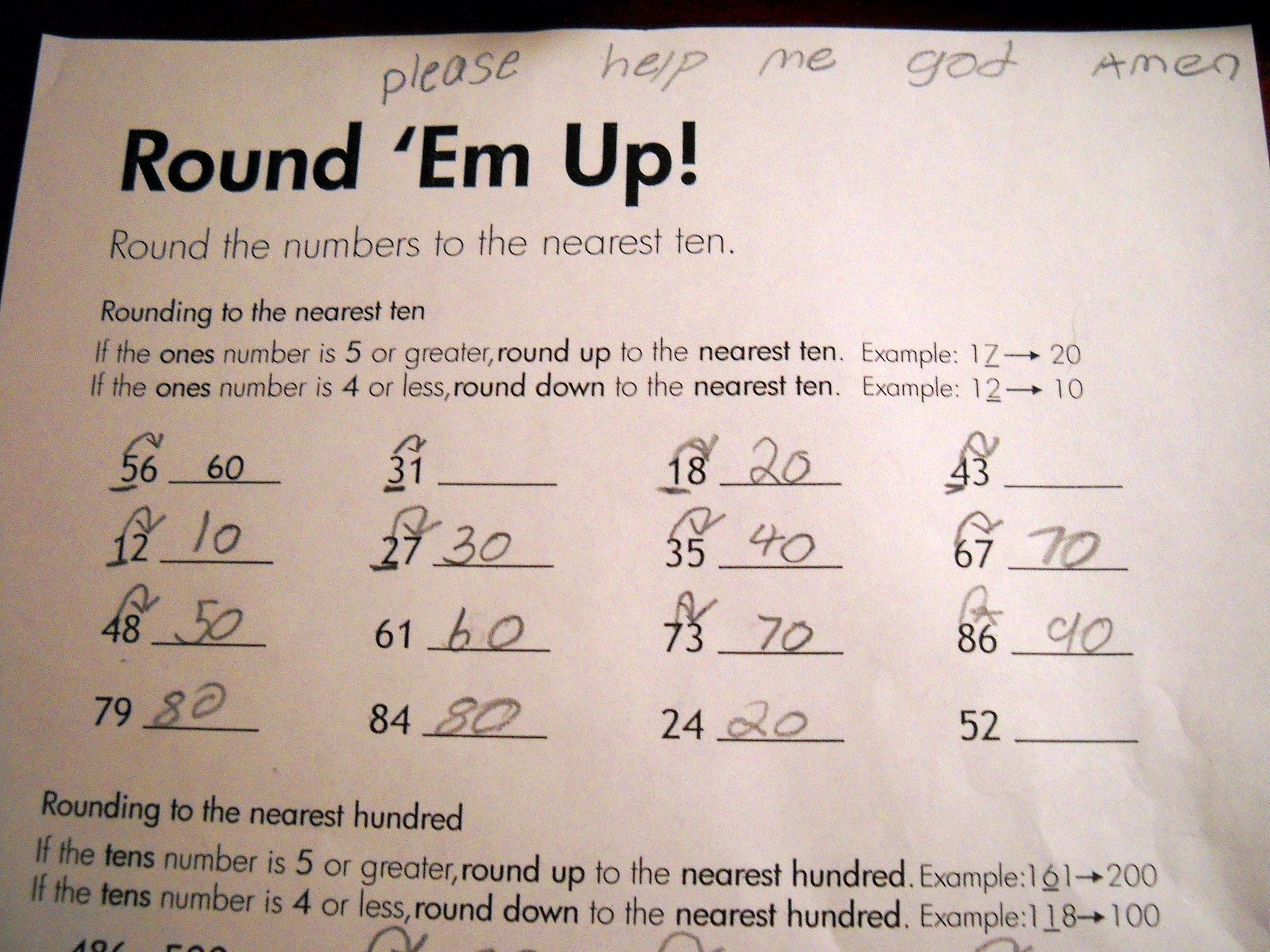The current Mayor of Lowell, Rodney Elliot, recently posited this gem in our local newspaper. Take a look at the bulleted items, if you have not already read this, and be outraged. Note the date on the letter - the day after the City elections. Could this be a manipulation of facts engineered for personal gain such as a second term as mayor?This bullet from the article caught my attention as it points to a fundamental problem with the article and appears to include unattributed misinformation. Here's a quote: "Instructional time increase to state average of 275 minutes (4 hours, 35 minutes a day). Lowell is at 255. Most states exceed 300 minutes."Let's take a closer look at what Mr. Elliot is saying. As Blogger Gerry Nutter pointed out in today's post, State Law mandates the amount of instructional time in a school year. The times mandated are 900 HOURS (54,000 minutes) per school year (elementary) and 990 HOURS (59,400 minutes) per school year (Middle & High School). And because in education, there is no such thing as "simple arithmetic" in getting to the minutes that count toward an academic day, some number manipulation is required. Time spent in recess, transition times, lunch or breakfast do not count.In the realm of activities that do and do not count as education, I suppose administering 3 days of MCAS testing (975 minutes) last spring might also be disallowed. But I digress.When Mr. Elliot wants to talk instructional time using minutes per day, his argument needs a bit more scrutiny. Simply throwing a out a claim that Lowell teachers instruct students for just 255 minutes a day is more than a bit misleading. What is his source for the claim that "most states exceed 300 minutes".An elementary school day (I'll use an example of the school from which I recently retired) is 6 hours and 20 minutes (380 minutes) from start to finish. To be precise, an additional 5 minutes is "unassigned" at the end of a school day for teachers only and is not included in the 380 calculation. Let's subtract 15 minutes at the beginning of the day because the "tardy" bell rings 15 minutes after the other students have arrived and universal breakfast is served during that time as breakfast. 6 hours and 5 minutes (365 minutes).Less 30 minutes for lunch and recess leaves 5 hours 35 minutes (335 minutes). Students attend Allied Arts classes for 50 minutes every day (physical education, art, music, content/library). THEY are still receiving instruction, albeit from another professional. Even if a generous 10 minutes is allocated daily for transitioning between rooms (many teachers no longer take whole classes to the bathroom, students sign out when they need to leave), the number of instructional minutes is 325 which is more than the 255 minutes Mr. Elliot reports Lowell teachers spend and even above 275 minutes which he claims as a state "average".So what about the classroom teachers? If the students aren't in the room, what is that prep time used for? Four days of the week, the teacher is given prep time of 50 minutes; one day each week is reserved for Common Planning, or some type of professional meeting involving all the teachers at a grade level. While not directly instructing students at this time, prep time activities support students (and families) in many ways.Prep time really involves: phone calls and follow up with parents, report writing and preparation for SpED team meetings (sometimes even the meetings take place in this timeframe), helping students process behavior issues, correcting assessment (and sometimes administering assessments), preparing materials for lessons, planning co-teaching activities with colleagues, mentoring a new teacher, meeting with an administrator for evaluation/student concerns. It is not a "free" period - time to put up the feet and chat with another teacher. I feel the minutes a teacher spends preparing do impact instruction and should go right back into the teaching day.So at a minimum, disallowing the preparation time, a teacher spends an average 285 minutes teaching; however, counting preparation time - as it should count - the daily minutes rise to 325. Bottom line: This time is essential to a teacher's responsibilities. This IS work time.If you're keeping track, the tally is between 285 and 325 minutes of teaching per day, not 255 and not 275 as reported by the Mayor.So my question remains: where is the truth? Because, I for one am tired of education and hard-working educators being tossed around as collateral by politicians with an ax to grind.
"Instructional time increase to state average of 275 minutes (4 hours, 35 minutes a day). Lowell is at 255. Most states exceed 300 minutes."Let's take a closer look at what Mr. Elliot is saying. As Blogger Gerry Nutter pointed out in today's post, State Law mandates the amount of instructional time in a school year. The times mandated are 900 HOURS (54,000 minutes) per school year (elementary) and 990 HOURS (59,400 minutes) per school year (Middle & High School). And because in education, there is no such thing as "simple arithmetic" in getting to the minutes that count toward an academic day, some number manipulation is required. Time spent in recess, transition times, lunch or breakfast do not count.In the realm of activities that do and do not count as education, I suppose administering 3 days of MCAS testing (975 minutes) last spring might also be disallowed. But I digress.When Mr. Elliot wants to talk instructional time using minutes per day, his argument needs a bit more scrutiny. Simply throwing a out a claim that Lowell teachers instruct students for just 255 minutes a day is more than a bit misleading. What is his source for the claim that "most states exceed 300 minutes".An elementary school day (I'll use an example of the school from which I recently retired) is 6 hours and 20 minutes (380 minutes) from start to finish. To be precise, an additional 5 minutes is "unassigned" at the end of a school day for teachers only and is not included in the 380 calculation. Let's subtract 15 minutes at the beginning of the day because the "tardy" bell rings 15 minutes after the other students have arrived and universal breakfast is served during that time as breakfast. 6 hours and 5 minutes (365 minutes).Less 30 minutes for lunch and recess leaves 5 hours 35 minutes (335 minutes). Students attend Allied Arts classes for 50 minutes every day (physical education, art, music, content/library). THEY are still receiving instruction, albeit from another professional. Even if a generous 10 minutes is allocated daily for transitioning between rooms (many teachers no longer take whole classes to the bathroom, students sign out when they need to leave), the number of instructional minutes is 325 which is more than the 255 minutes Mr. Elliot reports Lowell teachers spend and even above 275 minutes which he claims as a state "average".So what about the classroom teachers? If the students aren't in the room, what is that prep time used for? Four days of the week, the teacher is given prep time of 50 minutes; one day each week is reserved for Common Planning, or some type of professional meeting involving all the teachers at a grade level. While not directly instructing students at this time, prep time activities support students (and families) in many ways.Prep time really involves: phone calls and follow up with parents, report writing and preparation for SpED team meetings (sometimes even the meetings take place in this timeframe), helping students process behavior issues, correcting assessment (and sometimes administering assessments), preparing materials for lessons, planning co-teaching activities with colleagues, mentoring a new teacher, meeting with an administrator for evaluation/student concerns. It is not a "free" period - time to put up the feet and chat with another teacher. I feel the minutes a teacher spends preparing do impact instruction and should go right back into the teaching day.So at a minimum, disallowing the preparation time, a teacher spends an average 285 minutes teaching; however, counting preparation time - as it should count - the daily minutes rise to 325. Bottom line: This time is essential to a teacher's responsibilities. This IS work time.If you're keeping track, the tally is between 285 and 325 minutes of teaching per day, not 255 and not 275 as reported by the Mayor.So my question remains: where is the truth? Because, I for one am tired of education and hard-working educators being tossed around as collateral by politicians with an ax to grind.
 Play - real, unstructured brain break time - is as important to a child's learning as academic time.So why are school leaders and decision-makers so reluctant to let go and allow more recess? I cringe whenever I hear a school leader lecture that there isn't enough time in a school day to increase play or unstructured time. Two reasons come to mind:
Play - real, unstructured brain break time - is as important to a child's learning as academic time.So why are school leaders and decision-makers so reluctant to let go and allow more recess? I cringe whenever I hear a school leader lecture that there isn't enough time in a school day to increase play or unstructured time. Two reasons come to mind:
 Sheryl Sandberg, the COO of Facebook, was the Commencement Speaker at U Cal Berkeley this past week. Ms. Sandberg also wrote the book Lean In which generated lots of controversy among women. (Full disclosure, I have not read it). Sheryl Sandberg has endured what is understandably the worst year of her life after her husband Dave Goldberg had a cardiac arrhythmia while working out on a treadmill about one year ago. The story of what came next is astoundingly honest, brutally frank, and incredibly inspirational. I'm providing a link to the
Sheryl Sandberg, the COO of Facebook, was the Commencement Speaker at U Cal Berkeley this past week. Ms. Sandberg also wrote the book Lean In which generated lots of controversy among women. (Full disclosure, I have not read it). Sheryl Sandberg has endured what is understandably the worst year of her life after her husband Dave Goldberg had a cardiac arrhythmia while working out on a treadmill about one year ago. The story of what came next is astoundingly honest, brutally frank, and incredibly inspirational. I'm providing a link to the  I would add, and if your job is to develop the curriculum or make an assessment of that young mind, you also need to know how the brain works.The brain science, based on the work of Dr. Wesson, tells us that a child's sustained attention can be predicted fairly accurately.
I would add, and if your job is to develop the curriculum or make an assessment of that young mind, you also need to know how the brain works.The brain science, based on the work of Dr. Wesson, tells us that a child's sustained attention can be predicted fairly accurately.
 So, what would you say an unexpected by-product of ed reform might be? With loss of autonomy in what to teach when, emphasis on high-stakes standardized testing and little control over just about anything else in the educational day, teachers are leaving some districts for transfers to more affluent schools and for other careers.I mention this because it is challenging to teach in a gateway - or as the Pioneer Institute referred to it last week "middle" - city. And because the Lowell Schools are making an effort to diversify faculty and staff.
So, what would you say an unexpected by-product of ed reform might be? With loss of autonomy in what to teach when, emphasis on high-stakes standardized testing and little control over just about anything else in the educational day, teachers are leaving some districts for transfers to more affluent schools and for other careers.I mention this because it is challenging to teach in a gateway - or as the Pioneer Institute referred to it last week "middle" - city. And because the Lowell Schools are making an effort to diversify faculty and staff. If you haven't yet looked at the PARCC sample tests available, you should (
If you haven't yet looked at the PARCC sample tests available, you should ( Our local CBS affiliate posted a
Our local CBS affiliate posted a 

 Nancy Carlsson-Paige, Lesley University Professor Emerita, recently stated the following during an acceptance speech for the Deborah Meier award. Dr. Carlsson-Paige cites a statistic from the DOE Department of Civil Rights which reports that 8,000 Preschool students (!) were suspended at least once in a school year.
Nancy Carlsson-Paige, Lesley University Professor Emerita, recently stated the following during an acceptance speech for the Deborah Meier award. Dr. Carlsson-Paige cites a statistic from the DOE Department of Civil Rights which reports that 8,000 Preschool students (!) were suspended at least once in a school year.








